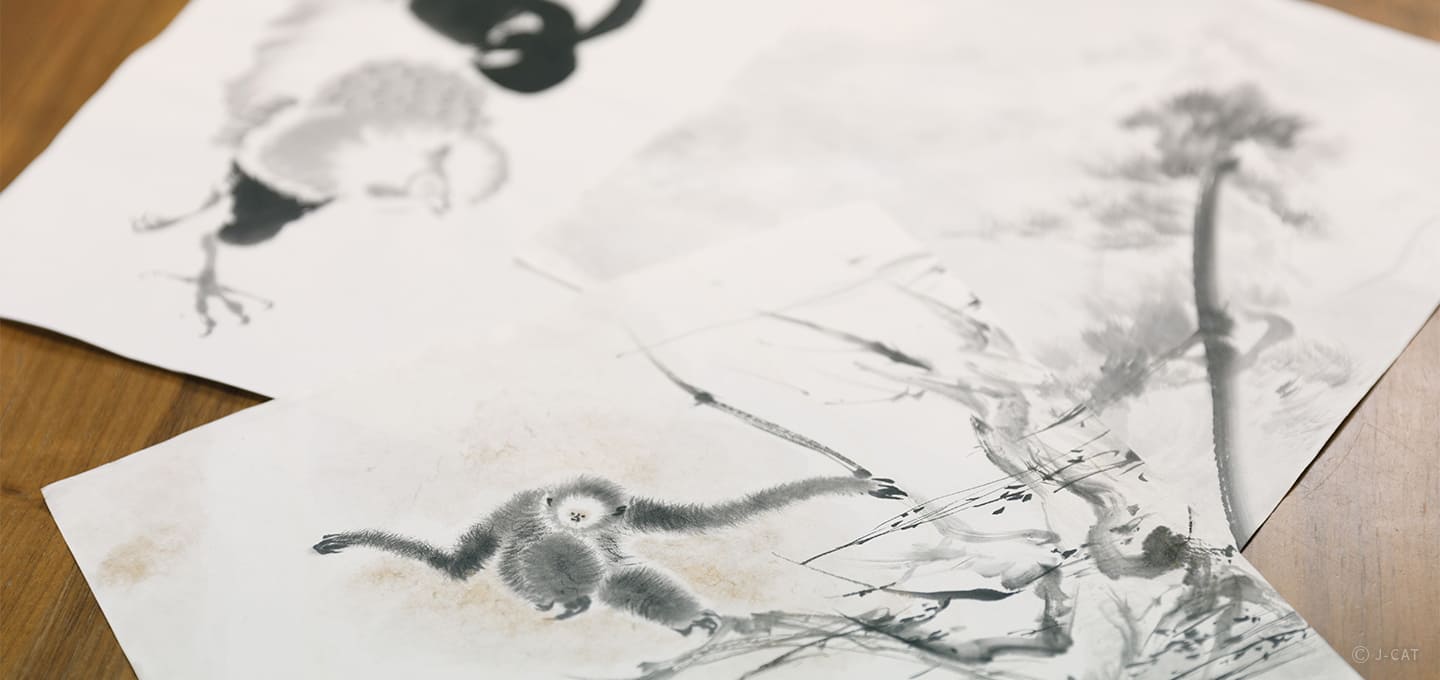
Special Experience
Tokyo
Learn to Paint with the Spirit of Zen in Sumi-e Ink Art
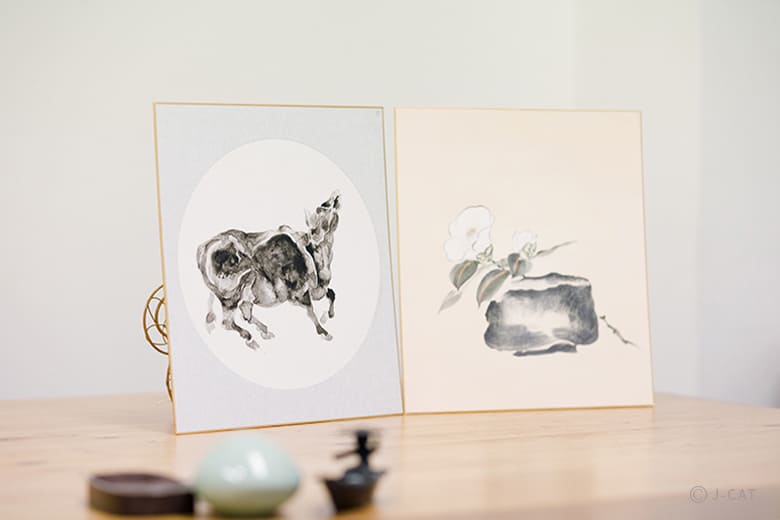
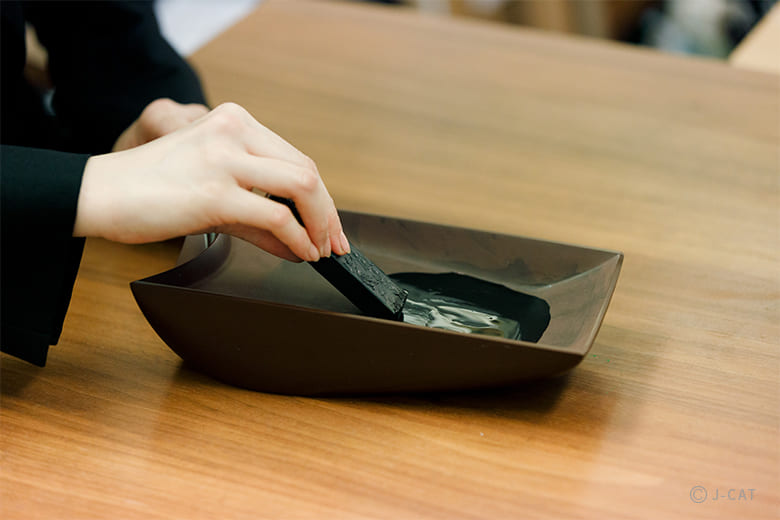
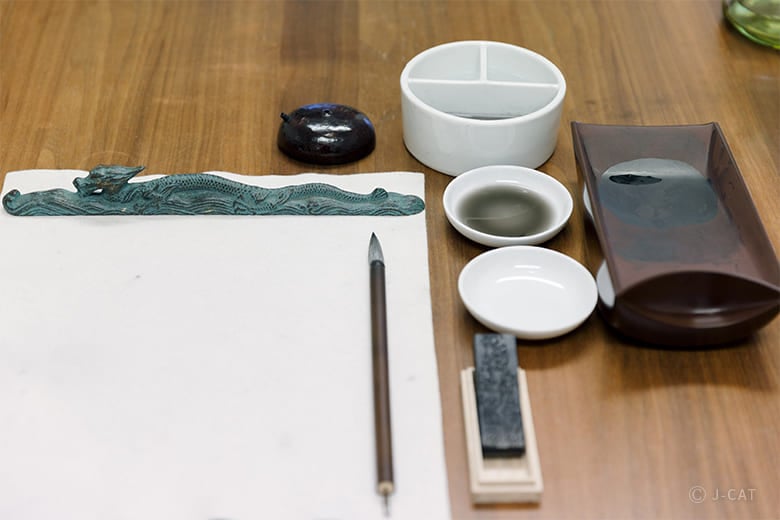
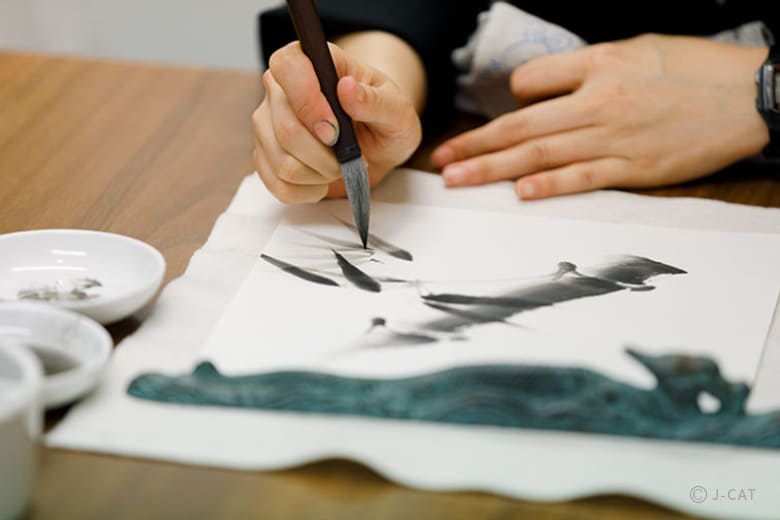
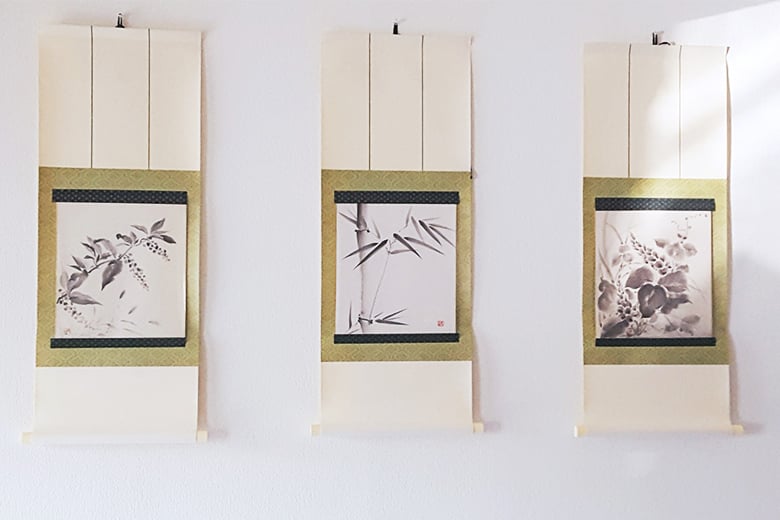
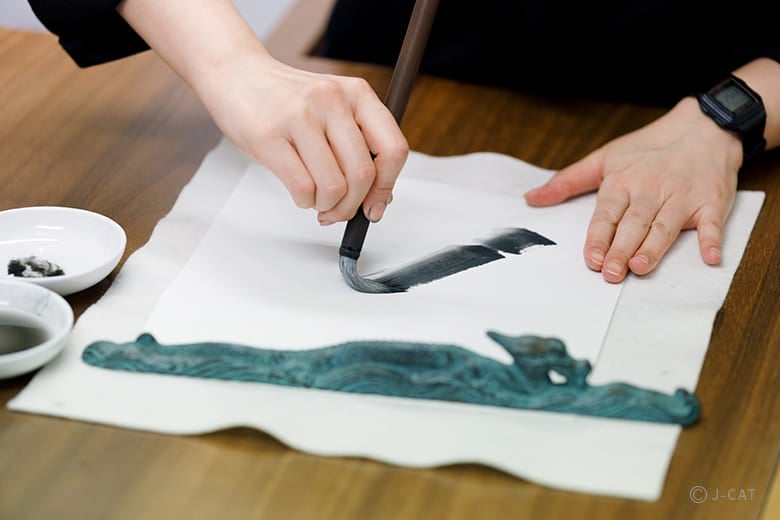
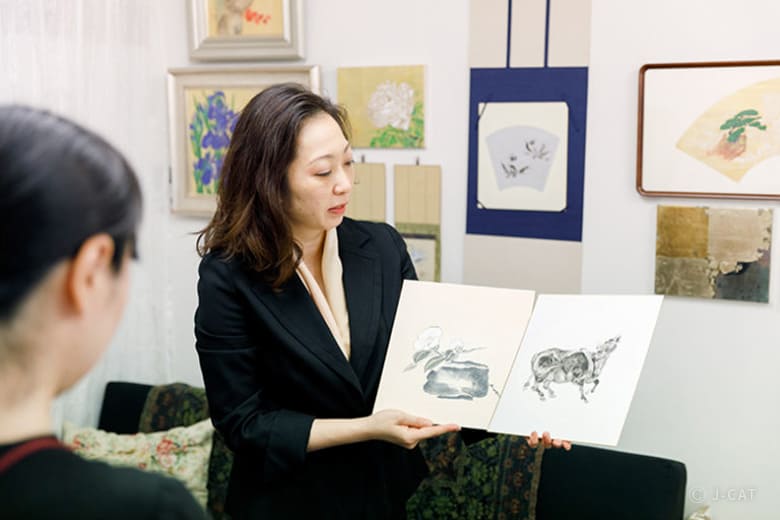
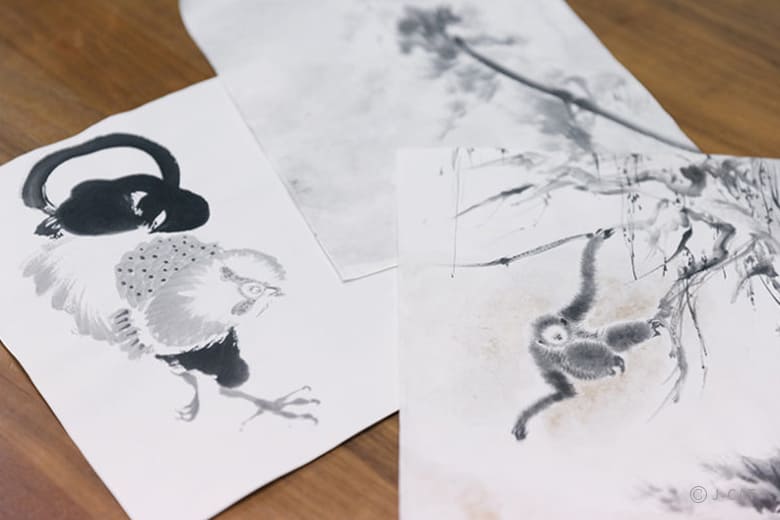
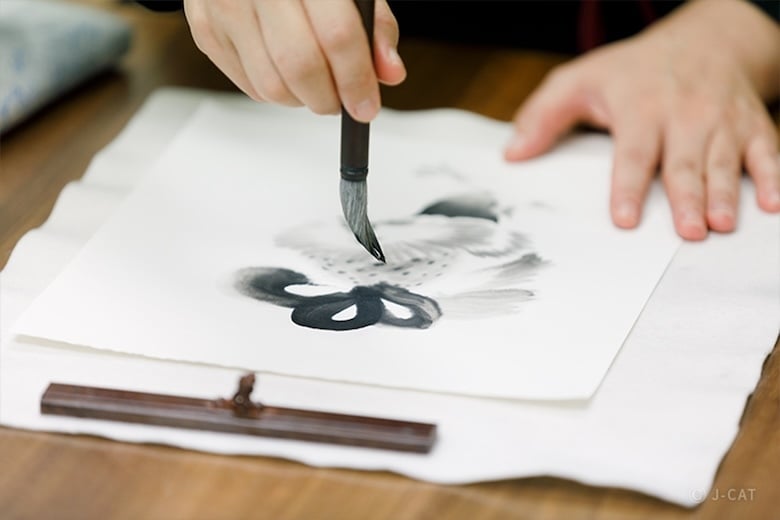
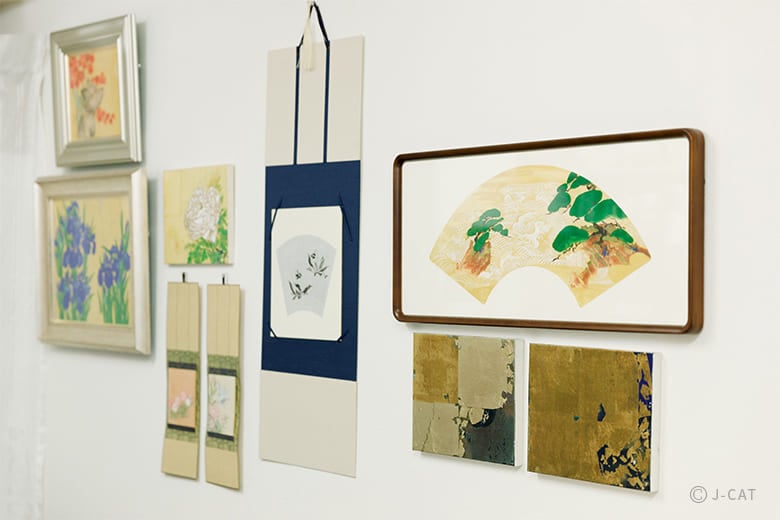










Overview
Learn nihonga painting, using classical techniques from the Sakai family’s foundational Edo Rimpa style, which thrived in the 19th century. By using your own hands to reproduce the work, you can rediscover the mindset of the artist during the creation of the painting. This practice brings you thematically closer to the spirituality of Zen. After this private experience, enjoy some viewing time with your instructor.
Key Features
・Experience the soft touch and splendor of Japanese ink paintings in a private atelier acclaimed by numerous national embassies.
・After learning the brush techniques with authentic tools and materials, try your hand at reproducing an ink painting masterpiece.
・Your painting will be prepared as a work of home decor to be taken home on the day.
Tokyo
150mins
from ¥29,000 /person
1 - 4 participants
Available in English
Cancel free up to 8 days prior
Details
Classical painting technique and aesthetics straight from a Japanese artist
Walk from bustling Aoyama into the backstreets and the atmosphere calms. There, in an apartment building in a quiet residential area, find the Rimpa Sumi-e Heritage Institute. Nihonga and ink paintings line the walls, drawing your eye to the charm and techniques of classical Japanese art and pulling you into the world of sumi-e brush art.

The explanation of the background of each work is also fascinating
Representative Tomoko Sase began her sumi-e self study in junior high school, and later studied under Hodo Sakai, sixth generation disciple of Hoichi Sakai. While painting, she founded the Rimpa Sumi-e Preservation Club as a place where people could learn informally about classical paintings. She is also active in a wide range of other pursuits such as lecturing in an international exchange program.

Works by Sakai Hodo, whose apprentice Sase became at age 14.
The Rimpa school was founded by Koetsu Honami and Sotatsu Tawaraya in the Momoyama period, then grew in prominence under the influence of Korin Ogata in the Edo period. In this experience, learn the heritage techniques of the Sakai family, who founded the Edo branch of the Rimpa school. Depending on Sase’s availability, this experience may be led by her or her apprentice, Akino Kurose.
A moment away from the chaos of life, immersed in the refreshing aroma of paper and ink
All of the art supplies provided in the experience are exclusively for sumi-e, including the washi paper, brushes, and ink blocks. The ink is supplied from the last remaining authentic sumi-e ink studio in Japan: Kishu-shoen in Wakayama. Called “shoen-boku,” this ink is made from the precious soot of charred pine. Painting with authentic traditionally-manufactured tools is among the pleasures of the experience.

Use the authentic tools and materials of professionals
The first step is to grind the pine charcoal ink. Lightly wetting your inkstone and rubbing it slowly is deeply calming. Before long, the fresh ink wafts, encouraging concentration and a certain natural straightening of the spine. In ink painting, dilution is adjusted to produce medium or light ink for shading.

Awash in the fragrance of ink, troubles momentarily fade away
Training to hold the brush in a relaxed hand
This experience will also teach you the basics of brushwork. By reproducing Hodo Sakai’s Bamboo, you can practice all the brush strokes used in ink painting.

For reverse stroke, slide the brush opposite so that its tip is facing you.
“Straight stroke” is performed by holding the brush vertically and moving the tip through its center line. Tipping the brush and painting with its side is the “side stroke.” For the bamboo stalk, the “reverse stroke” is used, painting from bottom to top as if pushing the brush away. Reproducing Bamboo is a standard practice that even professional artists use as a daily warm-up, akin to the “Eight Principles of Yong” used to master kanji calligraphy. Mastering these strokes is foundational to easily tackle more difficult subjects.

The tip of the brush is used to draw thin lines or dots, such as bamboo leaves.
Enso, the embodiment of Zen
After grasping the fundamentals, it’s time to create a theme piece.
The Enso motif is common in Japanese temples and tea rooms. It may look like a simple circle at first glance, but it is a profound symbol requiring deep mental unity and also reflecting the ephemeral state of the inner self. Enjoy a talk on the relationship between the Enso and Zen Buddhism

The density of ink in the brush, and the way it is handled, can express dramatically different images.
Demystifying ink painting
The finished work will be pasted onto colored paper and set as a decor piece, then handed over for you to take home on the day. Ink painting is a classic Japanese art. It is often thought of as an upper class pursuit, but by experiencing the world of the Rimpa Sumi-e Heritage Institute, you will discover its real grounded intimacy.
Explore the world of ink painting
This experience includes a private lecture by the instructor to deepen your knowledge of ink painting beyond just the physical techniques. Delve into its history by appreciating masterpieces from the classics to today. You are liable to get hooked. Take your knowledge with you to better enjoy art in museums and temples around Japan.

From left: Cow by Sotatsu Tawara, White Camellia and Raku Tea Bowl by Kiichi Suzuki.
Rimpa Sumie Heritage Institute

Rimpa Sumie Heritage Institute
An ink painting and nihonga school headed by Tomoko Sase, apprentice of Hodo Sakai, sixth-generation discipline of Hoichi Sakai. Students include not only expert artists but also embassy staff and others interested in Japanese culture. Traditional art supplies such as washi paper, sumi-e brushes, pine charcoal, and natural paints await in the classroom. The institute seeks to further popularize classical painting and revitalize traditional cultural industries.
Customer's Voice
It was so relaxing and fun to Learn to Paint with the Spirit of Zen in Sumi-e Ink Art
S.A. United Arab Emirates
One of the best things about my stay in Japan, it was wonderful, fascinating and fun!
C.B. United Kingdom
I really enjoyed this experience lesson. The explanation and the way she taught were easy to understand. Even grinding the charcoal ink taught me to be calm and encourage concentration.
R.M. Malaysia
Location
Rimpa Sumie Heritage Club
Minato Ward, Tokyo
Request for booking
Select first preferred date (JST)
December 2025
Sun
Mon
Tue
Wed
Thu
Fri
Sat

Instant Booking

Request Booking

17
Full

17
Unavailable
Tokyo
150mins
from ¥29,000 /person
1 - 4 participants
Available in English
Cancel free up to 8 days prior
Things to know
Contact Us
If you have any questions, please contact us using the form below.
We also accept bookings from corporate clients and travel agencies.